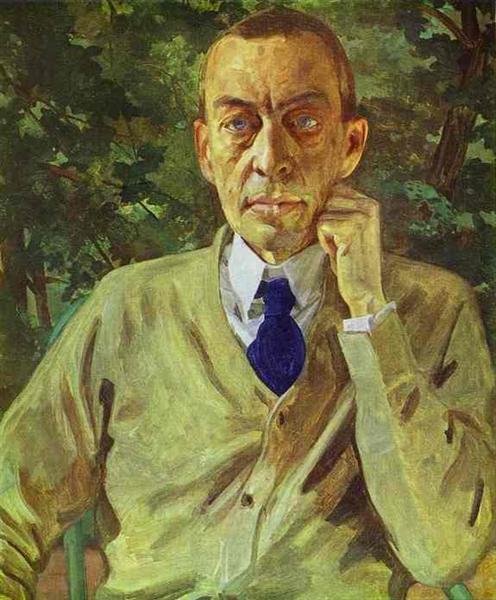November / Month of the Sonata – 14




__________
what’s a prelude


“Lemons“ (1929)
___________
watching one of my cooking competition
shows on television the other day, the
twelve contestants were called upon in
pairs to create, each couple, one of the
six elements in a degustation menu
a degustation menu – I raised an eyebrow
at that one – is the same as a tasting menu,
but at a finer, it is implied, restaurant
the theme was citrus fruit, each service
had to highlight one of them, a mandarin,
a lemon, an orange, a lime, a tangelo,
a grapefruit, in that order
my goodness, I thought, a set of
variations on edibles, I was delighted,
not to mention synesthetically
titillated, all my senses were alive
the first course was a mandarin-cured
prawn ceviche, with pesto, something
to tease one’s palate, leaving plenty of
room, however, for what was to follow,
the second course, an equally light
lemon-cured salmon with smoked
crème fraîche and decorative
translucent radish slices, in again but
polite allotments
the third service introduces the protein,
duck with the nearly ever requisite
orange, but with beets, in this instance,
on an underlying sheen of all their
accumulated and colourful juices,
bread, I would imagine, would’ve been
gluttonously required
beef then followed, to fill the second
of the more substantial and filling
elements of the meal, with a lime
reduction and beets
for dessert, the fifth service presented
a tangelo cup with a surprise chocolate
truffle meant to burst in one’s mouth
with iced tangelo flavour, refreshing
and unexpectedly delightful, followed
by a grapefruit sorbet with chocolate
ganache and meringue shards as a
finale
not all contestants reached the heights
wished for, but some were memorable,
much as in any set of, even noteworthy,
variations
here’s Glenn Gould playing Beethoven’s
Six Variations in F major, Opus 34, each
variation is comparable to a culinary
experience, but for piano
listen, compare
these are preceded here by a late, and
haunting, Beethoven bagatelle, his
Opus 126, however, after which the
variations themselves are conveniently
spliced in the editing process to help
distinguish each movement from the
other
Glenn Gould doesn’t hit a note wrong,
but I think Beethoven’s introductory
aria, upon which the variations are
built, and which is repeated at the end
after a coda, or final interpolated wave,
is slow, a more engaging opening
would’ve been, to my mind, more
effective
I also would’ve, however peripherally,
degusted especially the lime beef
R ! chard
psst: incidentally, all Bach’s Cello Suites
are in six segments, their common
theme is dance, each one is a
scintillating Baroque example


